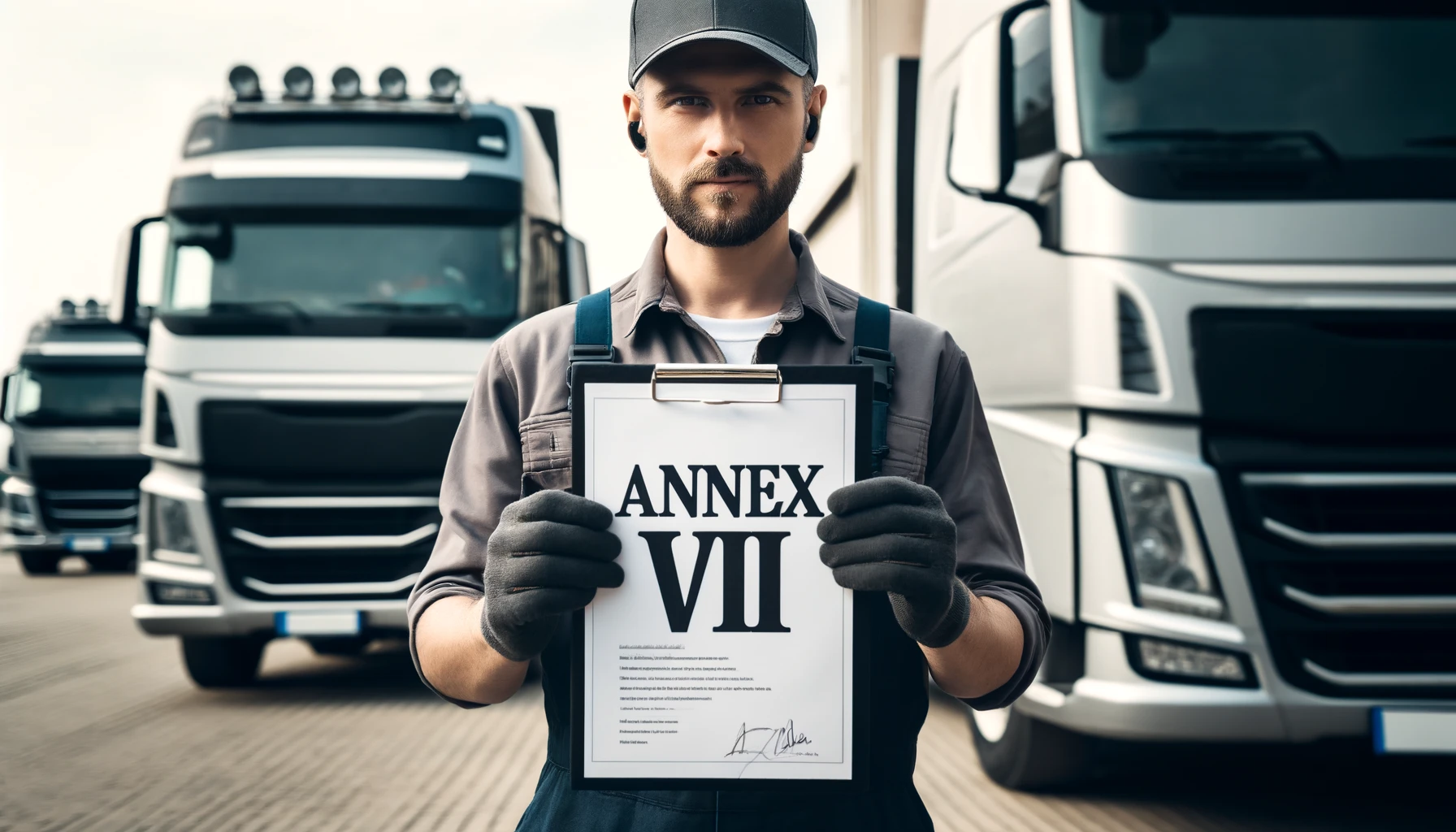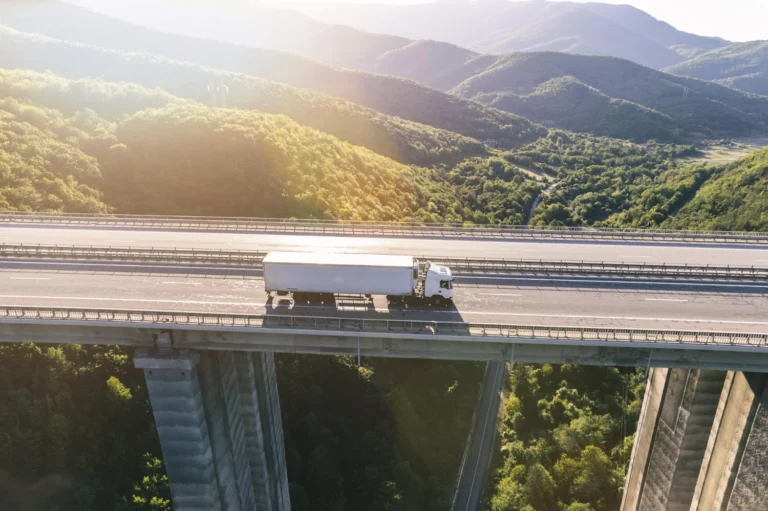Basic rules for waste transport in EU
When transporting waste throughout Europe, you’ll need to follow specific rules tailored to different types of waste. “What rules?” you might ask. For example, the transport of non-hazardous waste requires a simple Annex VII document. However, if you decide to move hazardous waste, be prepared for a much more complicated procedure. Read on to find out more.
The role of Waste Shipment Regulation
The Waste Shipment Regulation, amended on May 20th, 2024, is crucial for managing the transboundary movement of waste within, into, and out of the European Union. This regulation covers both non-hazardous and hazardous waste, ensuring that all waste shipments are conducted in an environmentally sound manner.
The regulation aims to protect human health and the environment by setting stringent requirements for waste transport and disposal. It mandates that waste shipments adhere to specific procedures, including prior notification and consent from relevant authorities, proper documentation, and compliance with classification standards.
This comprehensive regulation also facilitates the tracking and control of waste shipments, reducing the risk of illegal dumping and ensuring that waste is managed responsibly. By classifying waste into hazardous and non-hazardous categories, the regulation ensures that each type of waste is handled according to its potential risk.
This not only helps prevent environmental contamination but also promotes recycling and recovery efforts. The Waste Shipment Regulation is a cornerstone of the EU’s waste management strategy, driving the transition towards a circular economy where waste is minimized, and resources are used more efficiently.
Key procedures for waste shipment in EU
Information is key
Transporting waste within the EU involves two main procedures: the standard information procedure and the prior written notification and consent procedure. The standard information procedure applies to the shipment of green-listed waste destined for recovery operations.
This process requires the use of the Annex VII document, which must accompany each shipment. The Annex VII document includes details about the waste’s origin, type, quantity, and destination. This information ensures transparency and traceability, making it easier to monitor and manage waste shipments.
Notification and consent
On the other hand, the prior written notification and consent procedure is mandatory for hazardous waste and certain non-hazardous waste types. This procedure requires that the waste exporter notify the relevant authorities in both the country of origin and the destination country before the shipment.
The authorities must provide their consent, ensuring that the shipment meets all regulatory requirements. This process helps prevent illegal shipments and ensures that hazardous waste is transported safely and managed appropriately upon arrival.
Risks and important tips
Risky business
Transporting waste, especially hazardous waste, comes with significant risks. These include environmental contamination, health hazards, and legal repercussions. Improper handling and illegal transport can lead to spills, leaks, and accidental releases of toxic substances, posing severe threats to ecosystems and public health.
Additionally, non-compliance with waste transport regulations can result in hefty fines, legal action, and damage to a company’s reputation. Therefore, it is crucial to adhere to all regulatory requirements and implement robust safety measures during waste transport.
Valuable tips
To mitigate these risks, it is essential to follow best practices for waste management. First, ensure that all waste is correctly classified and documented using the appropriate forms, such as the Annex VII document. Second, use secure and compliant packaging to prevent leaks and spills during transport. Third, choose reputable transport companies with experience in handling waste shipments and ensure that all personnel are adequately trained.
Finally, stay updated on regulatory changes and continuously improve waste management practices to ensure compliance and minimize environmental impact. By following these tips, companies can safely and efficiently manage waste transport while contributing to environmental sustainability.





